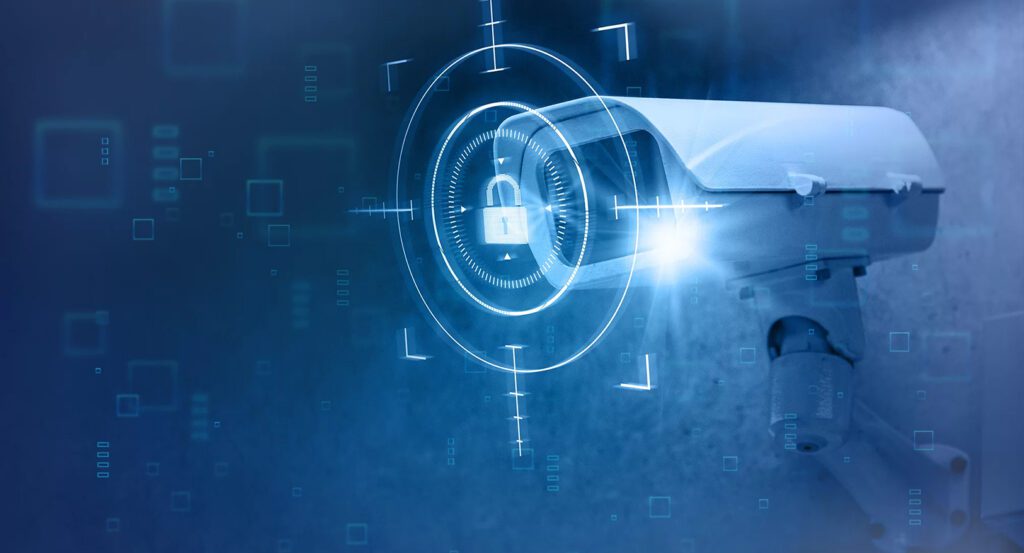
Life has become easier in the early part of this century by technology and invention. Video surveillance technology has influenced every facet of our lives, and this is mainly for safety purposes. At the same time, new camera technologies have become an indispensable part of our lifestyle. The cameras for security are found everywhere. Innovative video surveillance technology has distributed security surveillance throughout the years. But the impact of AI technology on new camera technologies has been profound. CCTV and new surveillance technology systems for security may grow smarter by incorporating cutting-edge technology like artificial intelligence. In 2022, video surveillance technology will be dominated by technology. Below are the top 5 CCTV surveillance technology trends shaping the security industry.
The buzzword is hybrid, and it ensures worldwide connectivity
The technology deployed in the system is invisible, from consumers utilizing their mobile phones to security workers controlling video surveillance technology. Since the world has learned to live and work in a hybrid mode, be it in any aspect of business, security surveillance systems are no exception.
Most of the new camera technologies have embraced the hybrid approach; the remaining ones are expected to do so by mixing on-premises, cloud, and edge technologies.
Zero-trust attacks: protection against various forms of cyber-attacks
The acceptance of a hybrid work module has resulted in the formulation of a hybrid work environment. More and more people are connected via public internet networks regularly. With an ever-increasing number of connections between networks and data centres, the option of safeguarding an organisation’s parameters is obsolete.
A zero-trust network ensures that the security profile of each device and app connected to a network is checked each time the app or device connects to the network. This technique is bound to have major ramifications for video surveillance technology networks.
Verifying what is genuine and authenticating each video frame by frame
Authenticating the video footage provided by the new camera technologies is critical. This is just like verifying the profiles of connected apps and devices using the zero-trust method. Cases of video and picture modification have risen in recent times, casting doubts over their credibility.
There is an increasing need for CCTV security surveillance companies to add a digital signature to the frame-by-frame video material. It turns out to be a significant solvable issue for the CCTV surveillance business, which is a standard method based on open-source software.
5G technology: How it is going to benefit the surveillance sector in terms of cyber-security
The speciality of 5G is to provide exceptional network performance in 4 G and better coverage to customers of mobile phones. As more and more customers join and grow the 5G network, video surveillance must integrate smoothly.
In addition, 5G technology will make video surveillance more accessible for applications at remote sites. The impact of 5G technology will be extraordinary, as it allows the uninterrupted transmission of high-quality video and data.
Artificial intelligence is bound to provide new insights
Artificial intelligence, with a couple of its components, deep learning and machine learning, propels data through improved data and business intelligence. Great progress has been made in diversifying metadata, increasing granularity, and improving accuracy, allowing CCTV’s new surveillance technology to improve security.
The incorporation of AI into the fundamental layers of technology will result in the use of AI to optimise and improve all areas of video surveillance. This can be in the areas of camera setup, improved picture systems, and analytics.
To conclude, in the year 2022, the continuous development of technologies like AI will provide better value to users. The result will be that more and more firms are likely to embrace AI in the coming days.